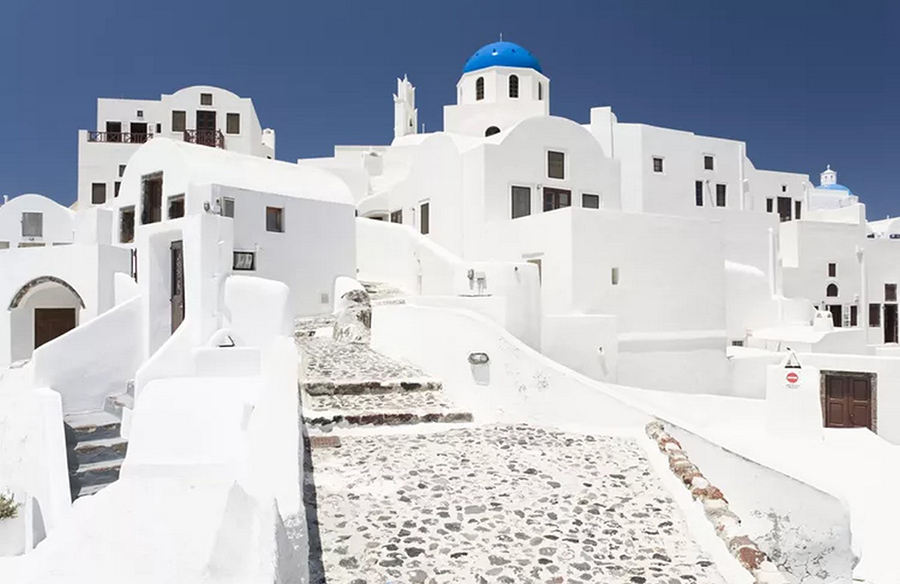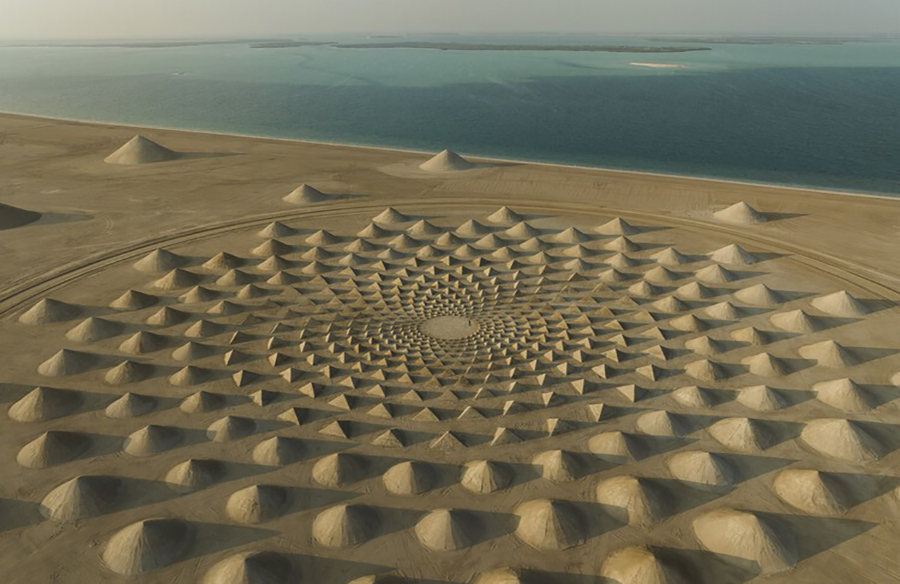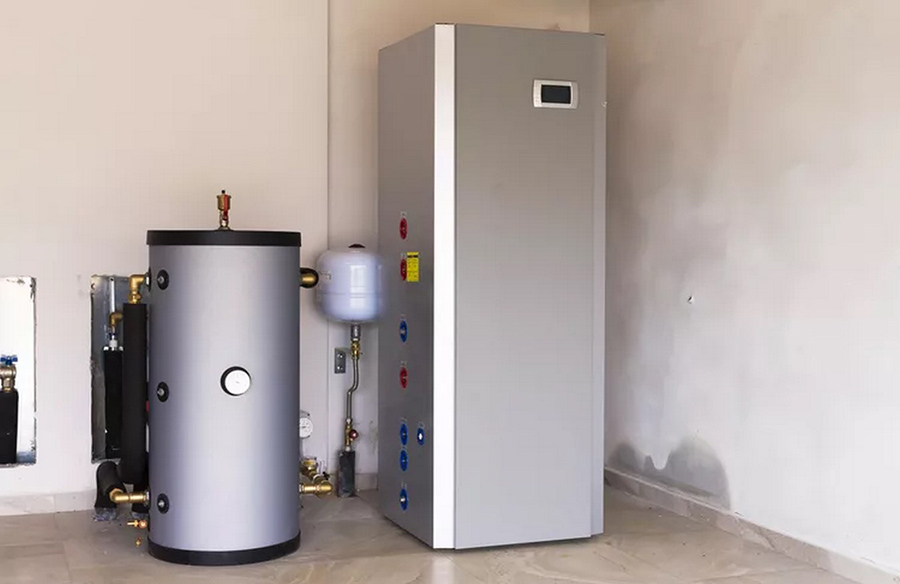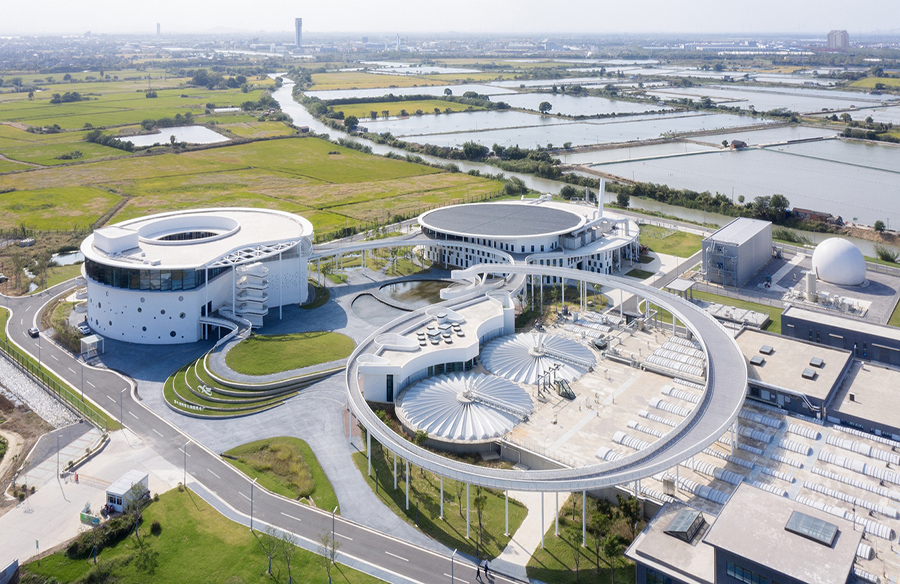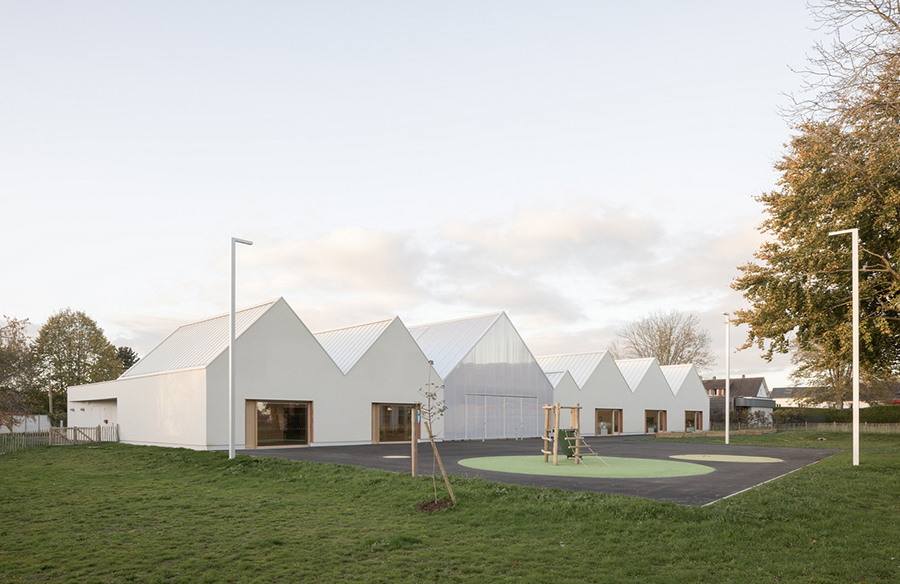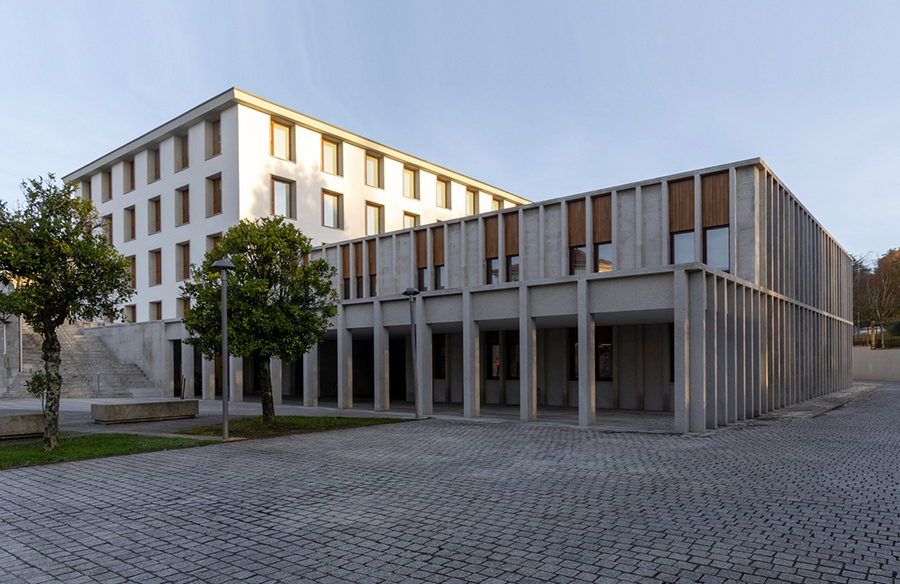Engineer Robert Bean advocates for radiative cooling as a sustainable alternative to traditional air conditioning methods. He envisions a future where buildings and objects leverage long-wave radiation to dissipate heat into space, eliminating the need for energy-intensive cooling systems.
Innovative Development by Xiulin Ruan
Xiulin Ruan, a professor at Purdue University, has developed a groundbreaking radiative paint that has garnered widespread attention across various industries. With inquiries pouring in from spacecraft manufacturers, architects, and apparel companies, Ruan’s invention holds promise for diverse applications.
Advancements in Radiative Paint Technology
Ruan’s latest iteration of radiative paint, formulated with hexagonal boron nitride (h-BN) pigment, represents a significant leap forward. This new version, thinner and lighter than its predecessor, boasts enhanced efficacy in reflecting solar radiation while incorporating air voids for increased efficiency.
Tapping into the Atmospheric Window
The paint’s ability to leverage the “sky window,” allowing infrared radiation to escape into space, contributes to its cooling capabilities. By optimizing reflectance within specific wavelengths, Ruan’s paint achieves remarkable cooling effects while reducing energy consumption and greenhouse gas emissions.
Environmental and Economic Benefits
Beyond its cooling properties, Ruan emphasizes the broader environmental impact of radiative paint. By reducing reliance on air conditioning, the technology not only cuts costs but also mitigates heat buildup in urban areas, offering a sustainable solution to combatting climate change.
Promising Field Test Results
Field tests of the ultrawhite hBN-acrylic paints demonstrate substantial cooling effects even under direct sunlight. With daytime temperatures averaging 5–6°C below ambient conditions, the paint showcases its potential to revolutionize cooling systems worldwide.
A Paradigm Shift in Cooling Technology
Traditional air conditioning methods rely on electricity and refrigerants, contributing to energy consumption and environmental degradation. In contrast, radiative cooling offers a passive, energy-efficient solution that aligns with principles of sustainability and climate resilience.
Toward a Cooler, Greener Future
As the world grapples with escalating energy demands and climate-related challenges, innovations like Ruan’s radiative paint offer a ray of hope. By harnessing the power of radiative cooling, we can pave the way for a cooler, greener future—one painted in shades of white and sustainability.
